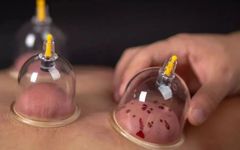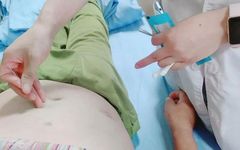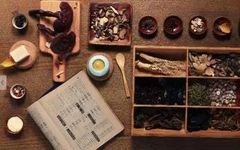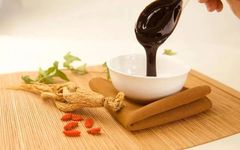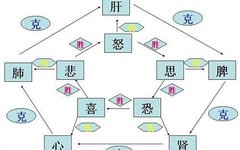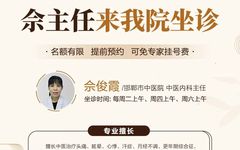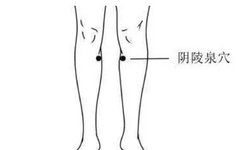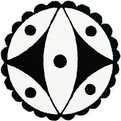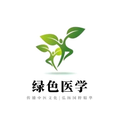Treating Internal Illnesses Externally: Understanding the Unique Techniques of Traditional Chinese Medicine
Traditional Chinese Medicine (TCM) believes that “Qi and Blood” are the driving force and source of life activities in the human body. When Qi and Blood are sufficient and circulate normally, one has abundant energy and strong resistance to diseases. Conversely, if Qi and Blood are deficient, Qi may become chaotic, leading to stagnation, which … Read more

